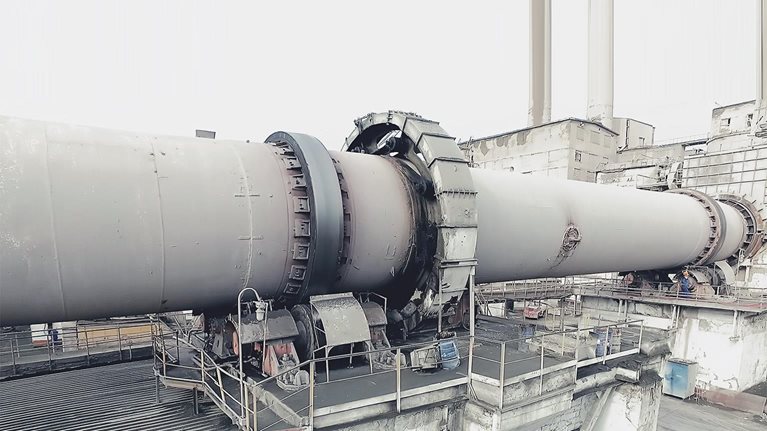Worldwide, more than 2,200 cement plants consume enormous amounts of fuel and electric energy—and produce approximately 5 percent of all global CO₂ emissions. Cement plant owners are under intensifying pressure to curb emissions and benefit from more efficient and profitable plants. Still, they have a long way to go.
Significant fluctuations and performance volatility in throughput, energy usage, and other operating parameters of up to 50 percent from average or more remain. Such situations persist largely because conventional automation and control systems have reached their limits for handling inherently unstable chemical process–type operations.
Our research shows that applying artificial intelligence (AI) to heavy manufacturing holds great promise (exhibit). In fact, one plant’s application of AI in its autonomous mode resulted in throughput and energy efficiency improvement rates of up to 10 percent. As a result, profits increased from additional revenues and reduced energy, as well as reduced CO2 emissions.

During our research, which was conducted in a cement kiln and mill in North America, we extracted thousands of lines of existing data, mapped them to process flows, and created a cyber-physical model, which was able to predict and optimize system behavior and then calculate the correct set points for optimal production. This was achieved by combining machine learning, neural networks, and deep learning algorithms in a composite model for real-time optimization.
These algorithms are intelligent, meaning that as patterns change, the AI real-time optimizer (RTO) adapts to continually improve optimization outcomes. The largest impact comes from full decision automation—operating in autonomous mode without human intervention. The RTO can also operate as an advisory system for the operator, supporting manual setpoint adjustments executed by humans.
Adopting and scaling similar solutions across other locations requires new capabilities such as translator-capable project managers, process engineers equipped with sufficient data-science skills, and training to use new data-handling tools. Furthermore, data scientists and the respective change management support are essential, as in most cases operations and company culture will need to be transformed.


